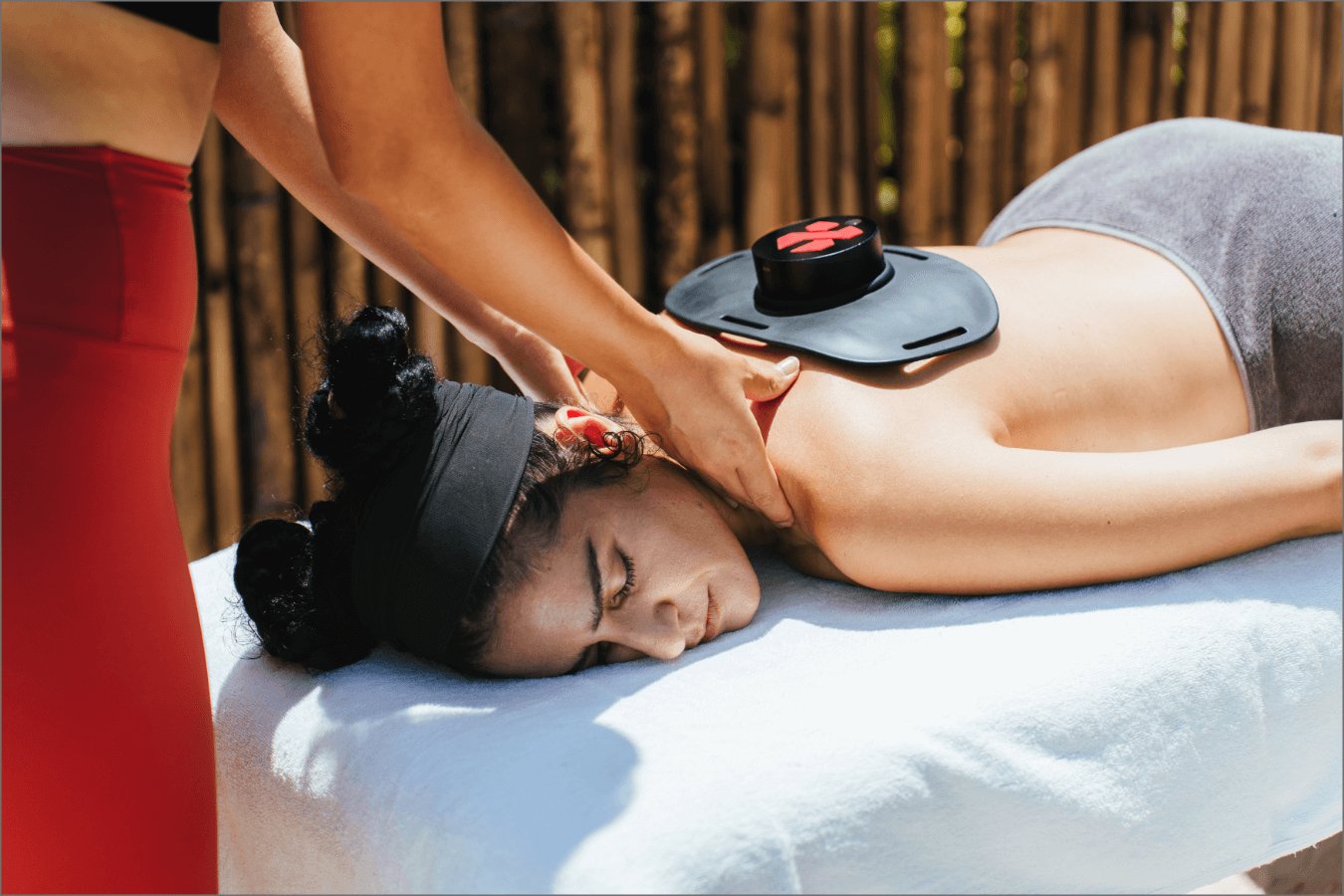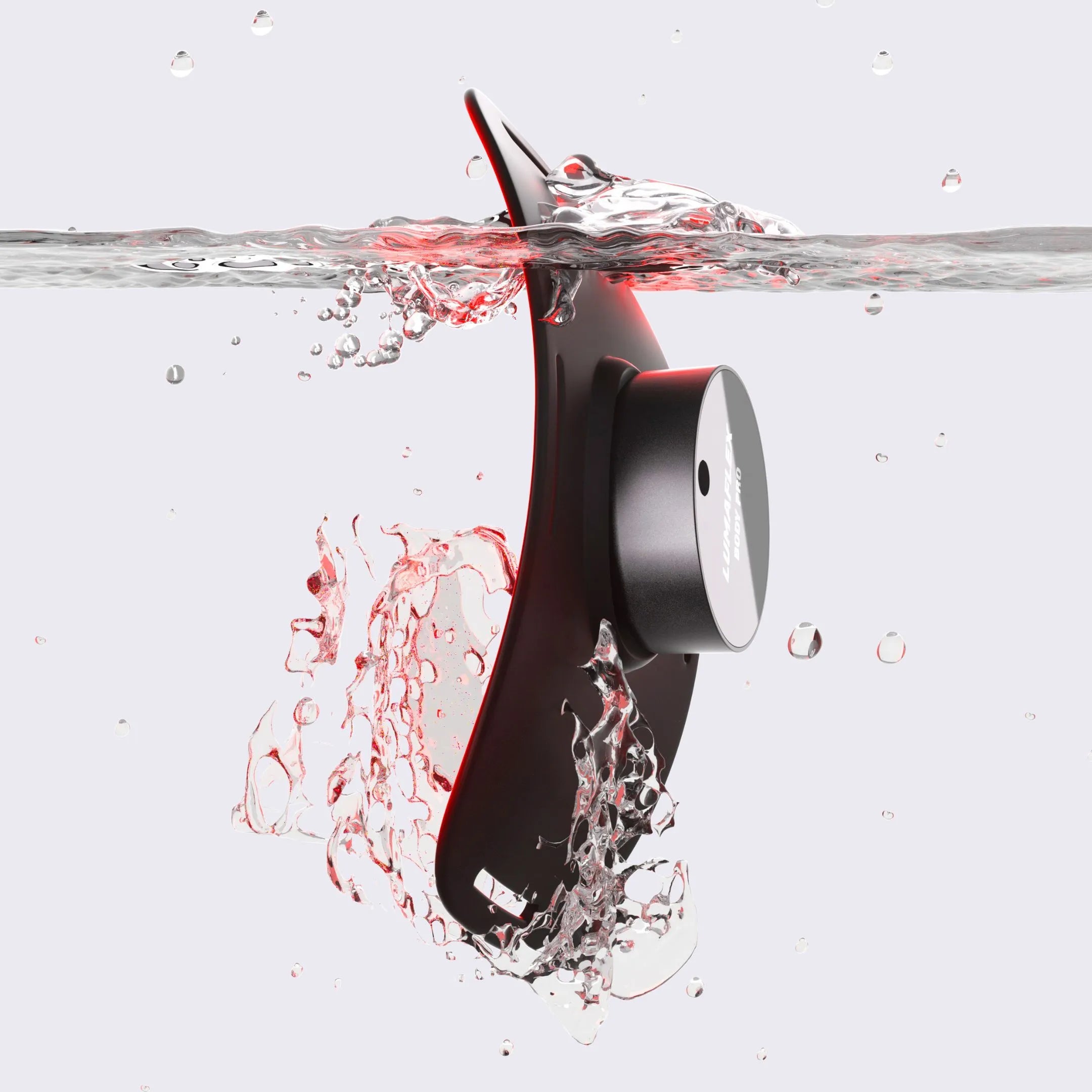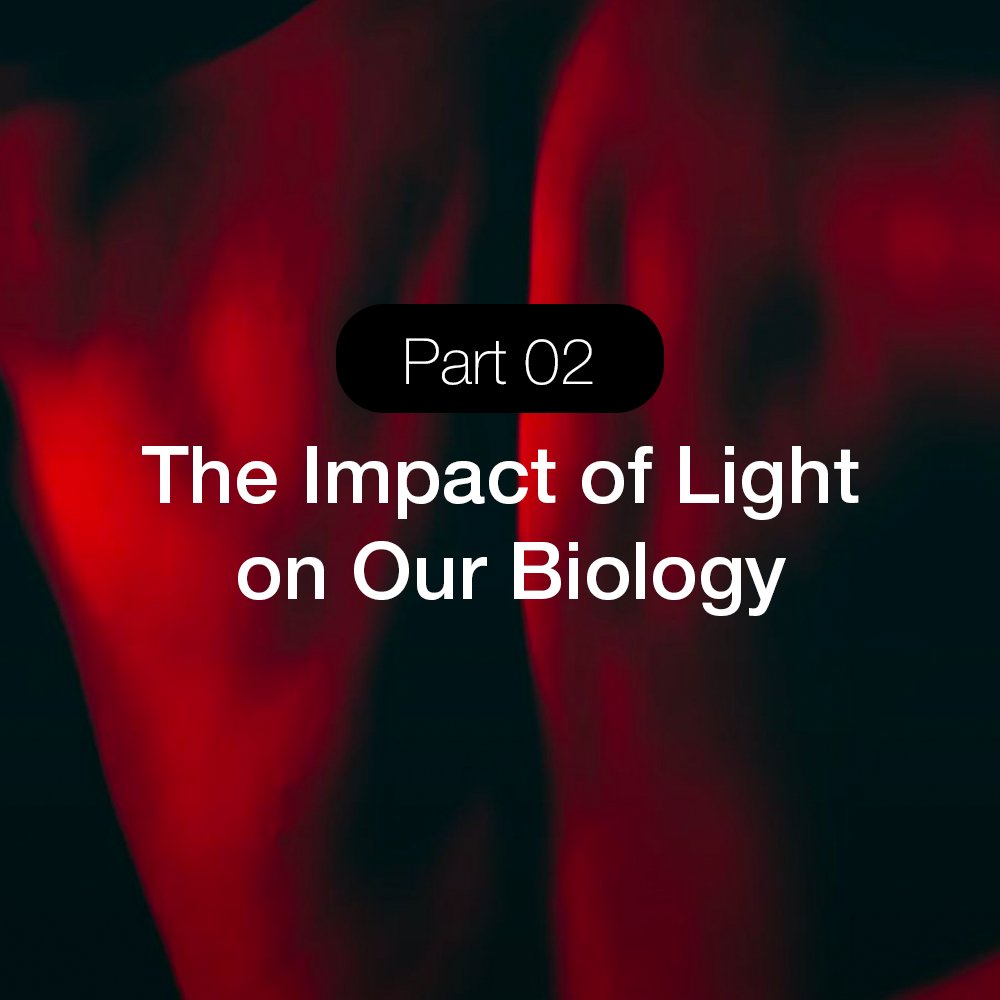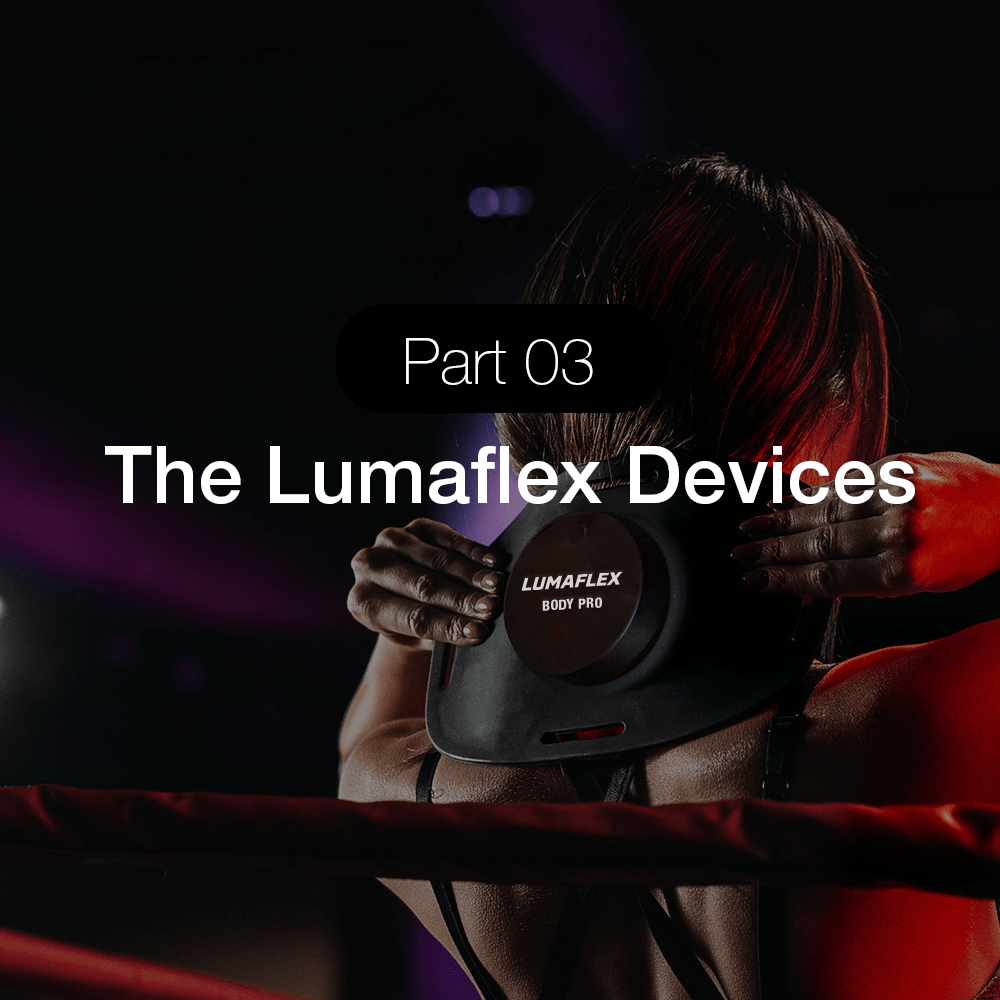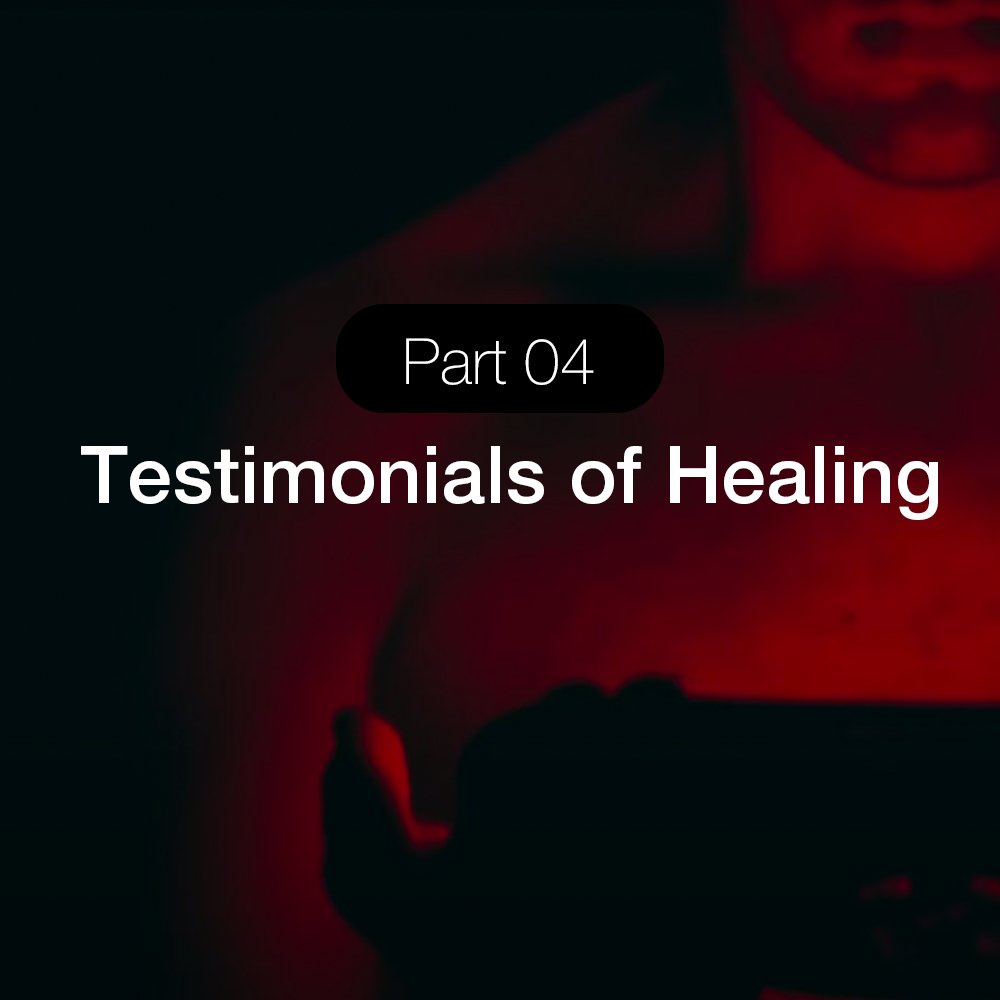Shedding Light on Mindfulness: The Intersection of Light Therapy and Meditation
Shedding Light on Mindfulness: The Intersection of Light Therapy and Meditation
In today's fast-paced world, mindfulness and meditation practices have become essential for many, offering solace and grounding in the midst of chaos. But what happens when we pair age-old meditation practices with modern light therapy? Remarkably, the benefits seem to multiply.
The Core of Mindfulness
Mindfulness, at its heart, is about being present in the moment. It's about grounding oneself, acknowledging thoughts and feelings without judgment, and finding inner peace. Many who practice mindfulness report decreased levels of stress, increased focus, and a general sense of well-being.
The Radiance of Light Therapy
Light therapy, specifically red and near-infrared light, has been studied for its potential benefits in cognitive functions and mental health. The science suggests that certain wavelengths of light can have a profound impact on our brain health, potentially aiding in neuroprotection and cognitive enhancement.
How They Merge
Deepening Relaxation: The calming warmth and gentle glow of red light therapy can set the perfect environment for meditation. This ambiance helps the mind relax more quickly, making it easier to enter a state of deep mindfulness.
Enhanced Mood: Exposure to red light has shown promise in increasing serotonin production, a neurotransmitter often dubbed the "feel-good" hormone. Combined with the natural mood-enhancing effects of mindfulness practices, this can result in an amplified sense of joy and tranquility.
Improved Sleep Patterns: Both mindfulness and light therapy have been linked to better sleep. A session of light therapy post-meditation can assist in syncing our circadian rhythms and promote restorative sleep.
Stress Reduction: Mindfulness practices are inherently calming. When paired with the soothing effects of light therapy, which has been shown to reduce cortisol levels, the resulting stress relief can be substantial.
Conclusion
The combination of light therapy and mindfulness offers an intriguing avenue for holistic well-being. Whether you're a seasoned meditation practitioner or just starting your journey, consider integrating light therapy into your routine. This blend of ancient mindfulness practices and modern science may just be the tranquil fusion we've been searching for.Footnotes
Kabat-Zinn, J. (2003). Mindfulness‐Based Interventions in Context: Past, Present, and Future. Clinical Psychology: Science and Practice, 10(2), 144-156.
Salehpour, F., Rasta, S. H., Mohaddes, G., Sadigh-Eteghad, S., & Salarirad, S. (2019). Therapeutic effects of 10-HzPulsed wave lasers in rat depression model: A comparison between near-infrared and red wavelengths. Lasers in Surgery and Medicine, 51(5), 649-657.
Cassano, P., Petrie, S. R., Hamblin, M. R., Henderson, T. A., & Iosifescu, D. V. (2016). Review of transcranial photobiomodulation for major depressive disorder: targeting brain metabolism, inflammation, oxidative stress, and neurogenesis. Neurophotonics, 3(3), 031404.
Gabel, V. S., Maire, M., Reichert, C. F., Chellappa, S. L., Schmidt, C., Hommes, V., ... & Cajochen, C. (2013). Effects of artificial dawn and morning blue light on daytime cognitive performance, well-being, cortisol and melatonin levels. Chronobiology international, 30(8), 988-997.
Kim, W. H., Ko, Y. H., Park, C. H., Seong, K. J., Jang, B. H., Shin, Y. C., ... & Yoo, H. R. (2017). Red ginseng and vitamin C increase immune cell activity and decrease lung inflammation induced by influenza A virus/H1N1 infection. Journal of Pharmacy and Pharmacology, 69(3), 267-277.


